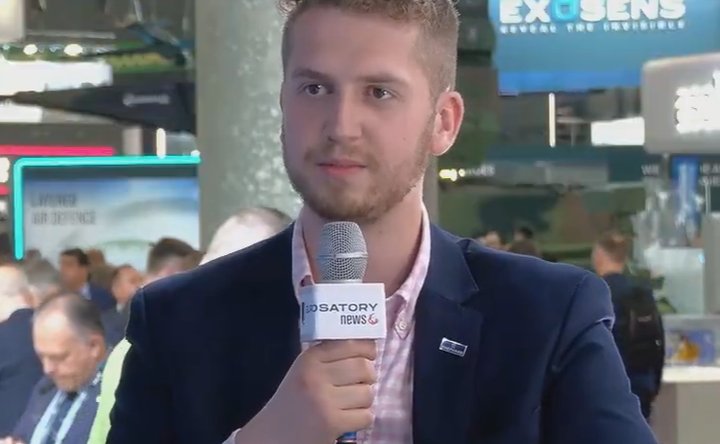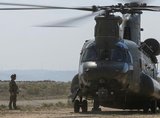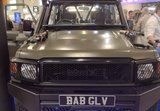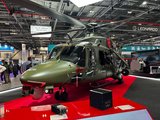Insight: Why the CV90 infantry fighting vehicle is making a clean sweep of Nordic markets
Norway was the first export customer for the CV90 and has 148 currently in service. (Photo: Norwegian MoD)
Snapshot
Initially developed in the late 1980s and entering full-rate production in 1993, BAE Systems Hägglunds’ Combat Vehicle 90 (CV90) has since entered service with nine European countries spanning five iterations of the platform culminating in today’s MkIV.
Designed and developed for operations in snow and wetlands, the CV90 combines high levels of mobility, protection and firepower with a modular design that can be utilised for other roles, including air defence, reconnaissance, and combat service support.
First purchased by Sweden in 1993, the CV90 is now also operated by Norway, the Netherlands, Switzerland, Finland, Estonia, Slovakia, and the Czech Republic.
Already have an account? Log in
Want to keep reading this article?
More from DSEI 2023 | View all news
-
![Orbiting the Future: How New Satellite Technologies are Revolutionising Global Communications]()
Orbiting the Future: How New Satellite Technologies are Revolutionising Global Communications
With the satellite industry at a pivotal juncture, Intelsat is investing in advanced technologies like 5G and optical communications, striving to enhance worldwide connectivity and address emerging governmental needs.
-
![CH-47 Chinook: why the timeless helicopter design is still a heavy-lift contender on the modern battlefield]()
CH-47 Chinook: why the timeless helicopter design is still a heavy-lift contender on the modern battlefield
From its emergence as a ground-breaking design in the 1950s to its widespread deployment in diverse operations worldwide, the Chinook continues to leave an indelible mark on the aviation landscape. Shephard sums up the latest developments and tells you everything you need to know about the workhorse of many armies and air forces in the 2020s.
-
DSEI 2023: Controp unveils Smart Vision AI software for EO/IR payloads
Controp Precision Technologies unveiled its Smart Vision AI software for enhancing the level of autonomy and automation for a variety of surveillance and reconnaissance missions at DSEI 2023.
-
![Babcock and Cosworth to test hybrid propulsion in militarised Land Cruiser 70]()
Babcock and Cosworth to test hybrid propulsion in militarised Land Cruiser 70
Babcock has signed an MoU with propulsion experts Cosworth to investigate the use of hybrid power systems in military vehicles and will begin with integrating a Catalytic Generator (Cat Gen) into a 70 Series Toyota Land Cruiser.
-
![DSEI 2023 in review: Ukraine, AI and the real world]()
DSEI 2023 in review: Ukraine, AI and the real world
DSEI 2023 took place in the shadow of the largest European land war in more than seven decades and a growth in conversations about artificial intelligence (AI) with limited UK immediate defence programme opportunities; many of the new products and exhibitors' announcements reflected this.
-
![DSEI 2023: SpearUAV rolls out drone launcher system for submarines]()
DSEI 2023: SpearUAV rolls out drone launcher system for submarines
Israeli UAS developer SpearUAV introduced a submarine-launched capsule option for its Viper 750 UAV at DSEI 2023.

























